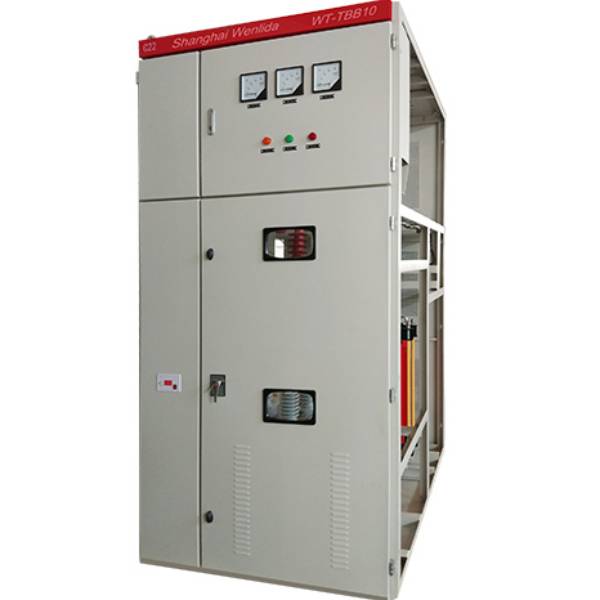Reactive Power Compensation Cabinet
The WT-TBB reactive power compensation cabinet is a high-voltage shunt capacitor bank that is specifically designed for use in 6kV, 10kV, and 35kV power systems. It is a versatile and reliable device that can be used to improve power factor and voltage stability in a wide variety of applications.
- Rated voltage6~35KV
- Rated Capacity100~20000kvar
- Altitude≤2000m
- Wind speed≤35m/s
Features of Reactive Power Compensation Cabinet:
- Capacitors and Reactors: Reactive Power Compensation Cabinets typically include capacitors and reactors. Capacitors are used to generate reactive power (leading power factor), while reactors can be used to absorb reactive energy (lagging power factor).
- Controller: The cabinet has a controller or automatic power factor correction relay. This device continuously monitors the system's power factor and controls the switching of capacitors or reactors to maintain the desired power factor.
- Switchgear: Reactive Power Compensation Cabinets often include switchgear to facilitate the connection and disconnection of capacitors or reactors. This allows for dynamic adjustment based on the changing load conditions.
- Protection Systems: To ensure the longevity and safe operation of the equipment, protection systems such as overcurrent protection, overvoltage protection, and temperature monitoring may be incorporated.
- Metering and Monitoring: Some cabinets have meters and monitoring devices to display real-time information about power factors, reactive power, and other relevant electrical parameters. This data can be valuable for maintenance and optimization purposes.
- Modularity: Reactive Power Compensation Cabinets are often designed with modular components, making it easier to scale the system based on the specific needs of the electrical installation.
Uses of Reactive Power Compensation Cabinets:
- Industrial Applications: Reactive Power Compensation Cabinets optimize power factor and improve energy efficiency in industries with large motor loads, such as manufacturing facilities.
- Commercial Buildings: Large commercial buildings with diverse electrical loads, including HVAC systems, lighting, and other equipment, can benefit from power factor correction to reduce energy costs.
- Utilities: Utilities may use Reactive Power Compensation Cabinets at substations to enhance power factor and voltage stability in the distribution network.
- Renewable Energy Integration: In systems with renewable energy sources, such as wind or solar power, where fluctuations in power output can occur, Reactive Power Compensation Cabinets help maintain a stable power factor.
- Data Centers: Data centres often have varying loads and high energy demands and can use these cabinets to optimize power factors and reduce electricity costs.
